Tag: oxygenation

Extracorporeal Membrane Oxygenation for Adults
This new edition presents an evidence-based review of extracorporeal membrane oxygenation (ECMO) for adults, with a particular focus on veno-venous (VV) ECMO. Due to the dramatic impact of COVID-19, the number of institutions... read more

Prone Position in Mechanically Ventilated Patients
The use of prone position (PP) during invasive mechanical ventilation was first reported more than 45 years ago as a mean to improve oxygenation in patients with acute hypoxemic respiratory failure. Improved oxygenation... read more

Expert Consensus on PeRcutaneous Cannulation for ECPR
We present inclusion and exclusion criteria and a comprehensive, detailed, generalizable list of best practices for extracorporeal cardiopulmonary resuscitation (ECPR) initiation following refractory out-of-hospital cardiac... read more

CRT-targeted Fluid Resuscitation vs. Lactate-targeted in Septic Shock
Capillary refill time (CRT)-targeted fluid resuscitation in septic shock was not superior to a lactate-targeted one on early fluid administration or fluid balances. However, it was associated with comparable effects on regional... read more
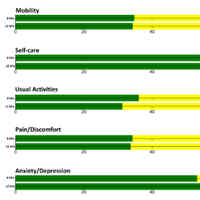
Lower vs. Higher Oxygenation Targets in ICU Patients with Severe Hypoxemia
Among adult ICU patients with severe hypoxemia, a lower oxygenation target (8 kPa) did not improve survival or HRQoL at 1 year as compared to a higher oxygenation target (12 kPa). We obtained 1‑year vital status for... read more

New WHO Toolkit Focuses on Severe Acute Respiratory Infection
During the early months of the pandemic, it became imperative to share best practices for the care and treatment of patients with SARS CoV-2. This new infectious agent, with potentially new pathogenesis and an unprecedented... read more
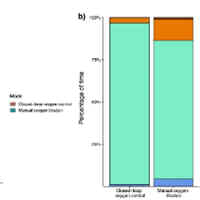
Closed-loop oxygen control improves oxygen therapy in AHRF patients under high flow nasal oxygen
Closed-loop oxygen control improves oxygen administration in patients with moderate-to-severe AHRF treated with HFNO, increasing the percentage of time in the optimal oxygenation range and decreasing the workload of healthcare... read more
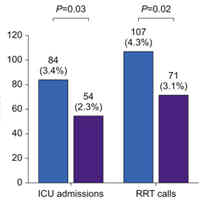
Patients Monitored Using Wearable Monitors Experienced Fewer Unplanned ICU Admissions
Implementation of continuous monitoring of patient vital signs using wearable monitoring technology linked wirelessly to hospital systems was associated with a reduction in unplanned ICU admissions and rapid response team... read more

Setting up a Rescue ECLS Program
Extracorporeal life support (ECLS) is a high-risk, lifesaving medical treatment that is typically limited to centers that can support a comprehensive ECLS program. Rescue programs can bridge the gap in care between ECLS centers... read more
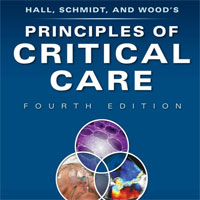
Principles of Critical Care
Quickly and accurately diagnose and treat the critically ill patient with guidance from the field's definitive text. Considered the field's definitive text, Principles of Critical Care offers unmatched coverage of the diagnosis... read more

tPA for Critically Ill ICU Patients with COVID-19: Does Alteplase Help?
How do you define a last-ditch effort to save someone's life from COVID-19? Perhaps giving tPA to a severe COVID patient? At this point, I am certain many of us have attempted, with informed consent of course, therapies for... read more
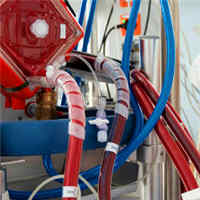
Use of ECMO in Acutely Poisoned Pediatric Patients in US
Extracorporeal Membrane Oxygenation (ECMO) may improve the hemodynamic and metabolic status of poisoned pediatric patients. Persistent hypotension, acidemia/acidosis, and elevated Pao2 after 24 hours of ECMO were associated... read more

Prone Position Minimizes the Exacerbation of Effort-dependent Lung Injury
Prone position, independent of positive end-expiratory pressure levels, diminishes a maldistribution of lung stress and inflation imposed by spontaneous effort and mitigates spontaneous effort, resulting in less effort-dependent... read more

HFNO Alone or Alternating with NIV in ARF Patients
In critically ill immunocompromised patients with acute respiratory failure (ARF), the mortality rate did not differ between HFNO alone and non-invasive ventilation (NIV) alternating with high-flow nasal oxygen (HFNO). However,... read more




